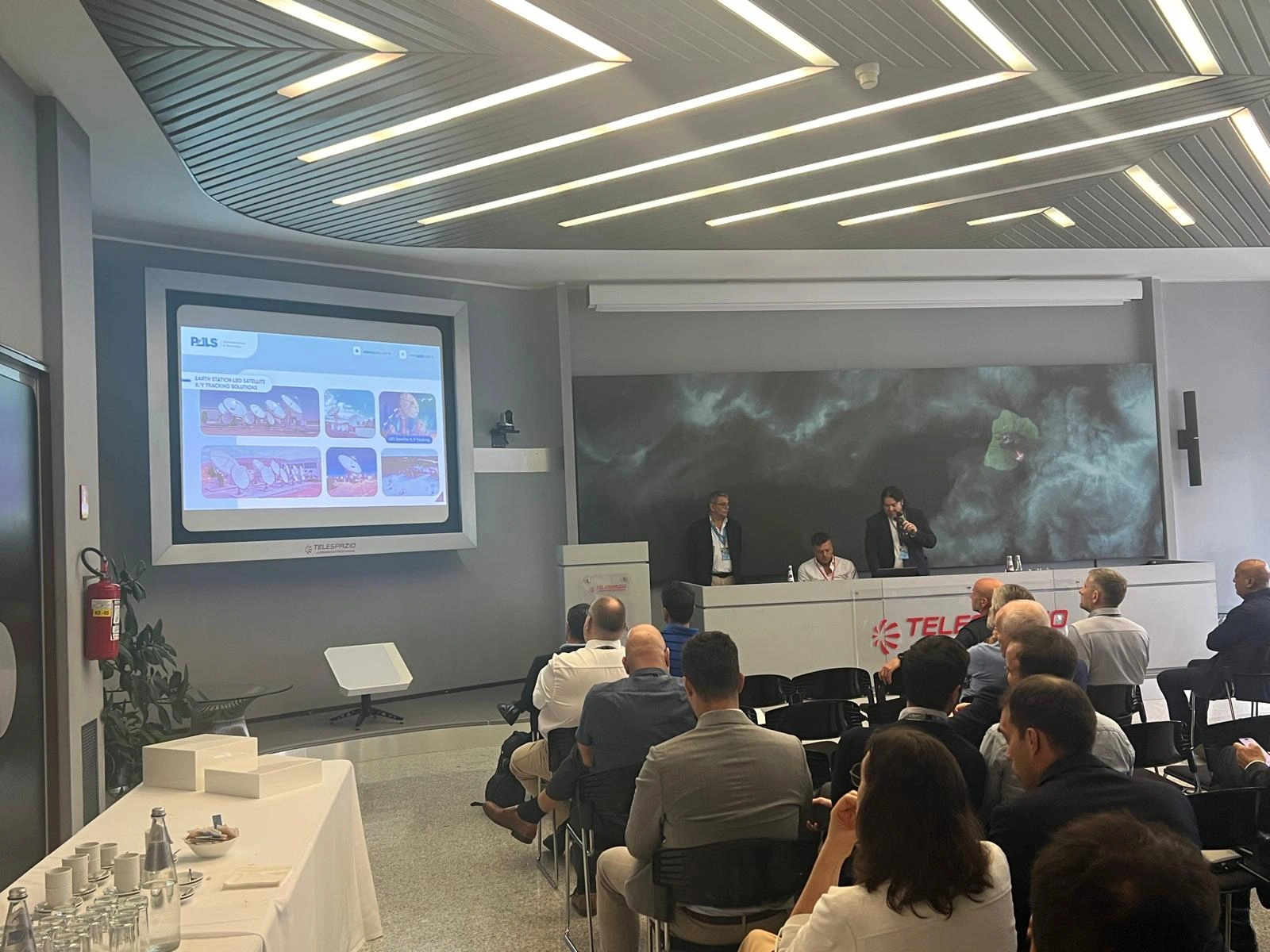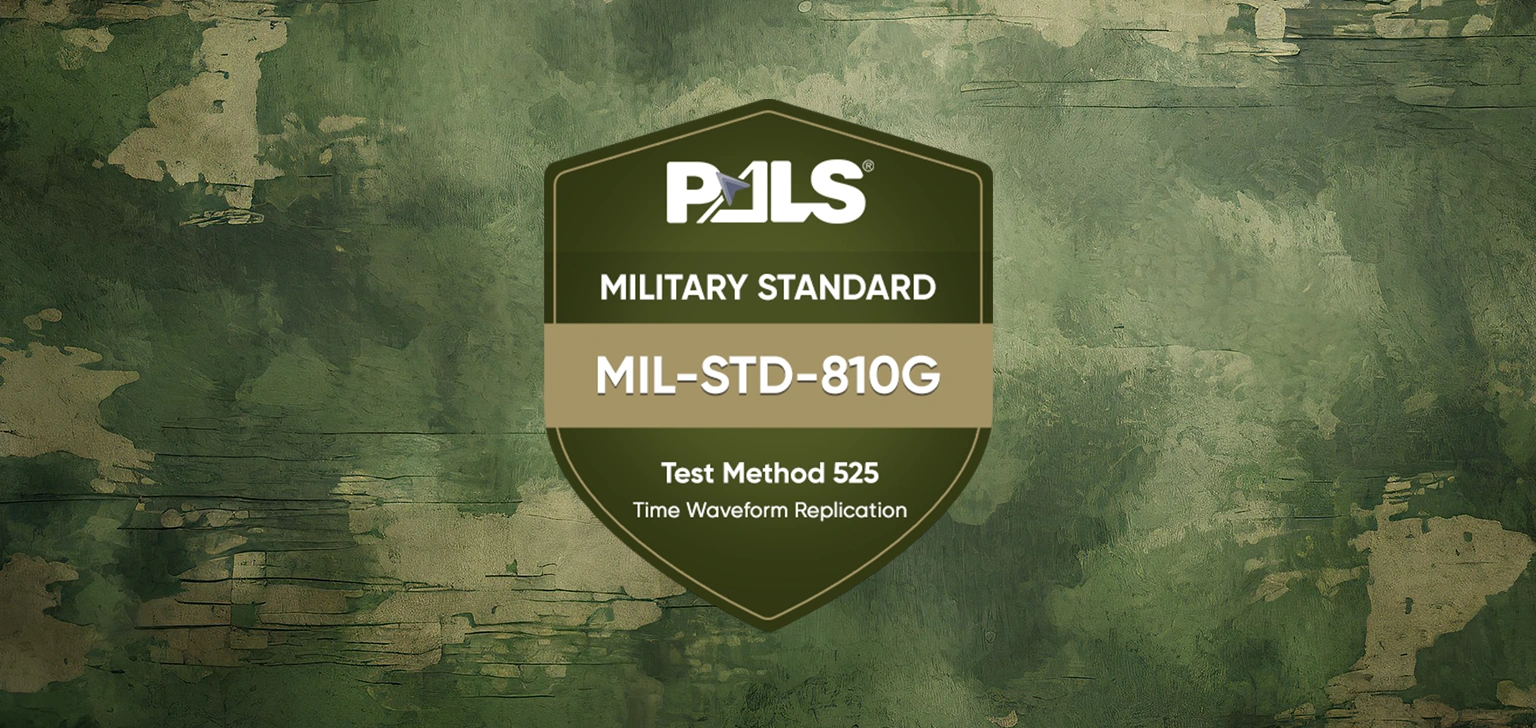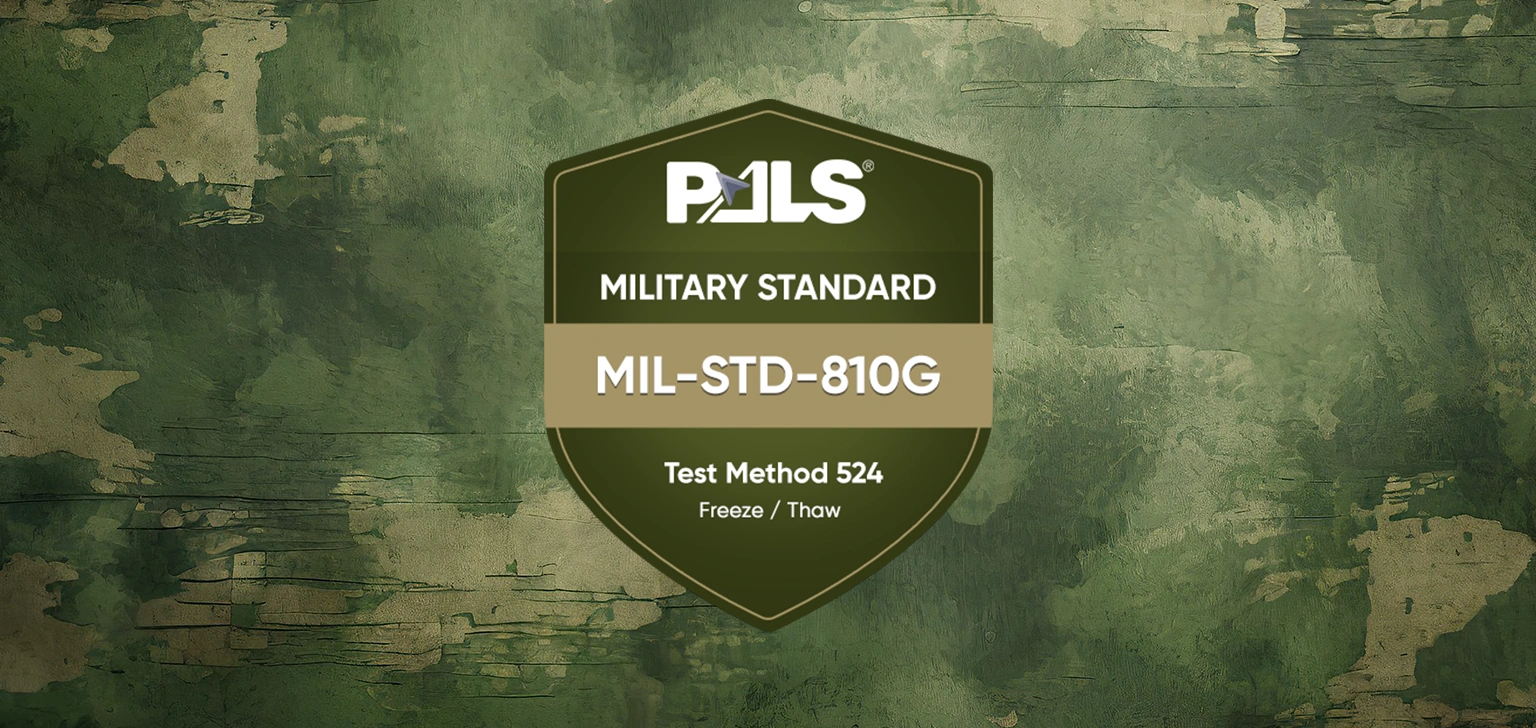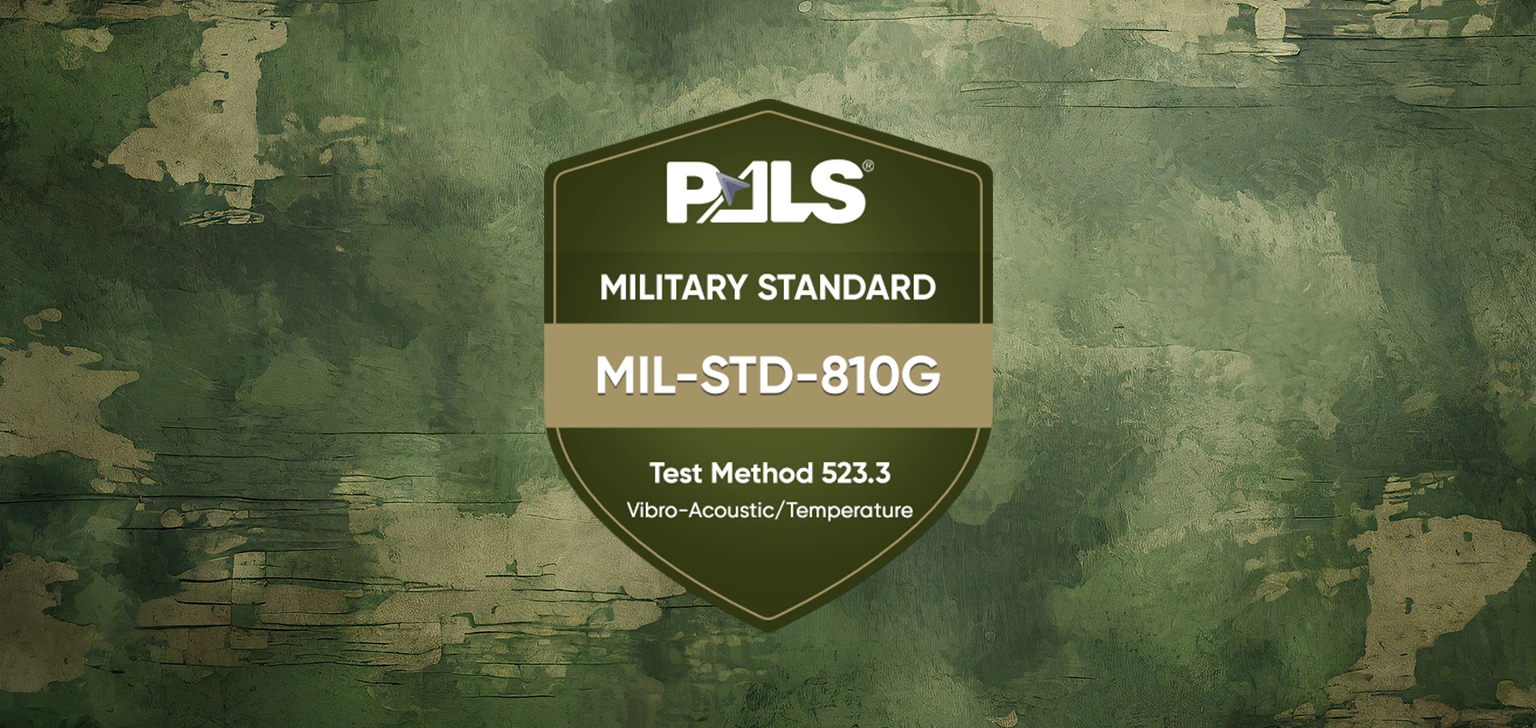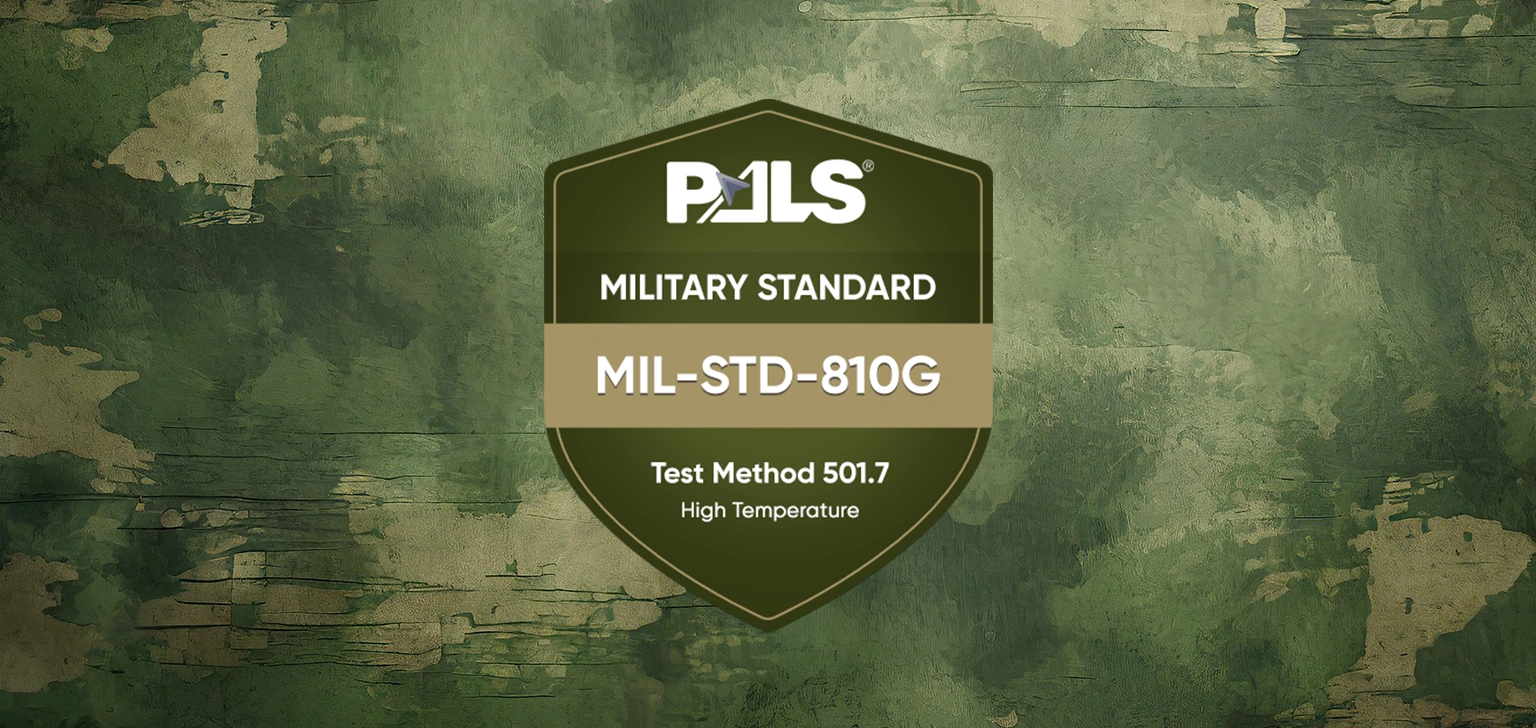
MIL-STD-810G, Test Method 501.7 – High Temperature
We will proceed to elaborate the “Methods” and “Procedure”s of environmental standards of MIL-STD-810 in our article series. Instead of writing down the obvious information already given in the standard, we will be discussing more practical information on product design, features regarding “Equipment Under Test” (EUT), and conducting tests.
Test Method 501.7 – Test Method 501.7 – High Temperature
This method uses high-temperature tests to obtain data to help evaluate the effects of high-temperature conditions on materiel safety, integrity, and performance.

Picture: PAC-550-MIL is under actual temperature tests. For more info:https://pals.com.tr/product/pac-550-mil
Procedures of this method are as follows:
Procedure I.Investigates how high temperatures during storage affect the EUT (integrity of materials, and safety/performance of the material). This test procedure includes exposing the test item to high temperatures (and low humidity where applicable) that may be encountered in the material’s storage situation.
Procedure II.Investigates how high ambient temperatures may affect EUT performance while it is operating.
Tips and Tricks;
- As a rule of thumb tailoring is essential. Meaning setting EUT test limits with purchasers beforehand. Temperature limits are variable based upon the version of the standard.
- Discuss feedback and monitor (if needed) sensor placement with the purchaserr. Some operational uses require to be heat EUT until targeted temperature while in some scenarios heating ambient would be sufficient enough for conducting tests.
- Set pass/fail criteria clearly with the purchaser; which operational features needed to be tested after storage or during tests. Prepare instructions for test laboratory experts step by step about how to test EUT.
- Increasing temperature causes the expansion of the metal. This may have a negative effect when there is different kinds of metal compositions used in one EUT. Make sure there is enough gap between binding areas such as joints of enclosure surfaces to tolerate expansion.
- Make sure properly sized rings are chosen and ring cavities are enough to hold rings in place. Select proper material for rings and consider target temperature.
- Gasket may become permanent when heated. Consider applying conductive heat insulation solutions.
- Lubricants tend to alter viscosity under heat. Checks MSDS paper of lubricant.
- Electronic components are known to be heavily affected by heat. This also causes thermal stress on them resulting in shortening of lifespan. Check MTTR value of components while choosing them as well as operational/storage temperature. How long components will operate under certain temperature conditions should be also taken into consideration.
- Some components might be heat operated, i.e. oscillators. Consider applying housing or encapsulated module solutions.
- Make sure PCB boards are made out of proper material and in proper thickness as well. Consider drilling bigger holes than screws and using washers on joints.
DID YOU KNOW?
PALS electronics has experts on all subjects of test engineering, mechanical or electronic design, environmental condition engineer, system engineer, etc. PALS provides consulting, training, tailoring, test plan, test engineering, test services in all phases of your project. Please feel free if you have any questions or inquiries fromhttps://pals.com.tr/contact
by System Integration Engineer, Özdemir Öztürk
